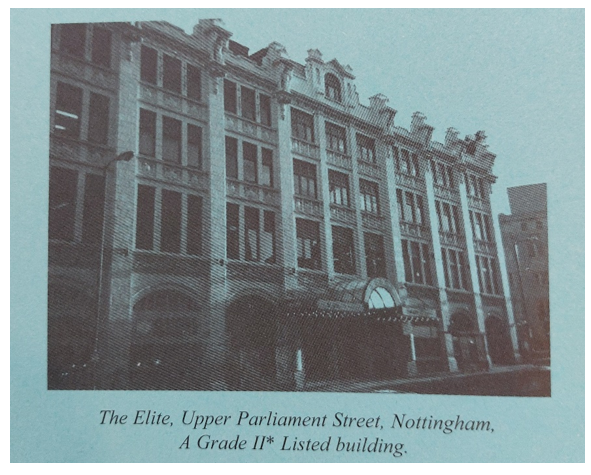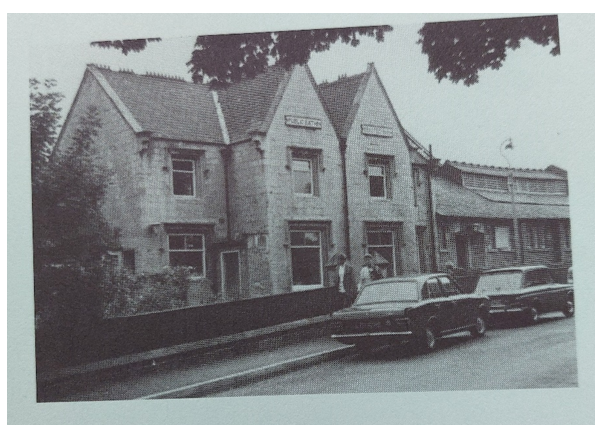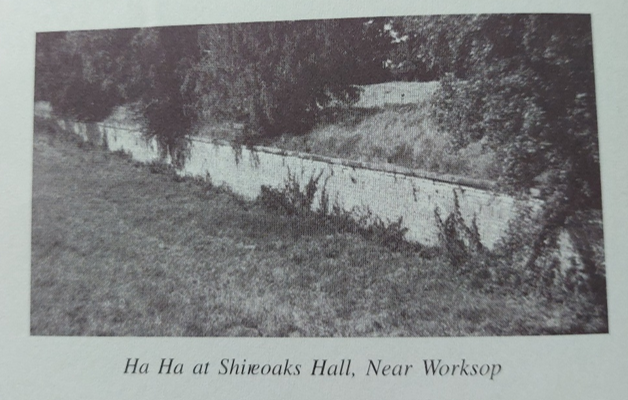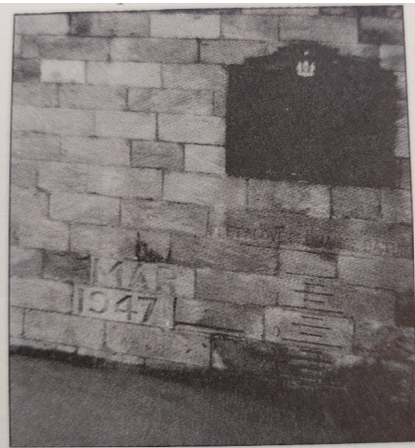Flicks and Fleapits
- Posted in:
- Heritage
- NewsletterArchive
This great article comes from our Spring 2000 Heritage newsletter:
Many of you will remember the days when going to the cinema meant a trip to the local ‘fleapit’. These were often large, impressive looking buildings that could accommodate a large section of the local community in one go. Some have been converted into bingo halls or warehouses and a few still retain their original interior decoration. The most fabulous and complete examples have been protected as listed buildings for some time now.
The cinema industry began in the 1890’s when the first shows were put on in small music halls and travelling fairs. The early films were made from highly combustible material and fires were a regular hazard. It wasn’t until the 1909 Cinematograph Act that the first ‘safe’ purpose-built buildings were constructed. By 1914, there were already some 3,500 cinemas across Britain. The ‘showman’s booth’ design was most common, with elaborate frontages behind which there would be a hall with a barrel-vaulted ceiling, panelled walls and, in more elaborate cases, a rear balcony. Names like ‘Electric’, ‘Picture Palace’, and ‘Imperial’ were typical, while the name ‘Coronation’ indicated a 1911 opening date. The Picture Palace, Long Row in Nottingham is a good example, dating to 1912, with its ornate front, decorated with marble and tile.
Following the First World War, a second generation of new larger venues were built. The Elite on Upper Parliament Street in Nottingham had an auditorium which could seat 1,500 people when it opened in 1921. Meanwhile in America, cinemas were even larger, incorporating the ‘splayed’ auditorium layout, and in 1927 the era of the ‘talkies’ was ushered in by the film ‘The Jazz Singer’. This was a time of rapid technological development and big business deals that produced the international chains like the ‘Empires’, and the British ‘Gaumonts’ and ‘Odeons’. Other Nottinghamshire cinemas from the 1920’s include the Majestic in Retford.

By the middle of the 1930’s and following the Second World War, the ‘Modern’ style came to be the one favoured by British cinema architects. Although essentially ‘international’ in style, regional variations are still visible, the Capitol in Radford is said to have Germanic influences, while the Regent in Kirkby has a softer ‘arts and crafts’ feel to it.
English Heritage have previously looked at cinemas that might be worthy of listing. They focused on pre-WWII cinemas or ones built before 1960 that have remained unaltered. Only the best examples of the nation’s cinemas were listed; for the rest, acknowledgement of their local important was more appropriate.
We already know about many of the old cinemas of the county. Here are some examples:
The Capitol, Elite and Picture Palace, Nottingham
Stanford Hall Cinema
The Strand, Market Warsop





